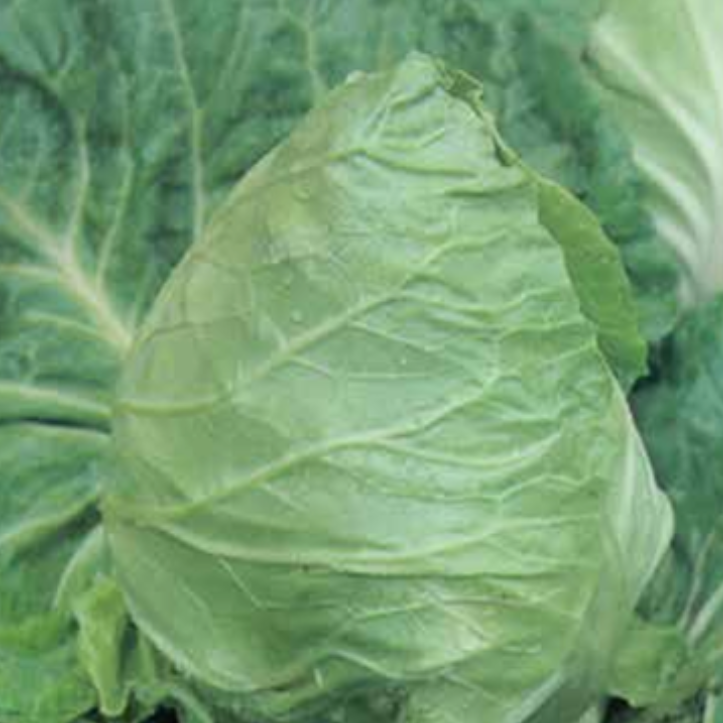Cabbage Cape Spitz
Cabbage Cape Spitz
Couldn't load pickup availability
Short Summary for Cabbage Cape Spitz
Cabbage Cape Spitz is an early-maturing, heirloom cabbage variety known for its pointed, conical heads and crisp, tender leaves. This highly productive variety grows well in a wide range of climates and is perfect for fresh consumption, coleslaws, stir-fries, and light cooking. With its mild, sweet flavor and fast growth cycle, it is an excellent choice for home gardeners and commercial farmers alike. Cabbage Cape Spitz is resistant to splitting and can be grown in both cool and warm seasons.
Planting Instructions for Cabbage Cape Spitz
General Sowing Time: Sow seeds in early spring or late summer for a cool-season crop. Optimal soil temperatures for germination range from 15°C-25°C.
Position: Choose a full-sun location with well-draining, fertile soil. Cabbage requires 6-8 hours of sunlight daily for optimal growth.
Suitable Space: Ideal for garden beds and raised beds. Can also be grown in large containers with sufficient depth for root development.
Sow Depth: Plant seeds 0.5-1 cm deep in loose, well-prepared soil. Keep the soil moist but not waterlogged.
Spacing: Space seedlings 30-40 cm apart, with rows spaced 50-60 cm apart to allow good airflow and prevent disease.
Height: Plants grow to a height of 30-45 cm, producing compact, elongated, pointed heads.
Germination: Seeds typically germinate within 5-10 days in warm soil.
Days to Harvest: Harvest in 60-80 days from transplanting when heads are firm and reach the desired size.
Temperature: Thrives in temperatures between 10°C-25°C. Heat-tolerant but performs best in cooler conditions for the sweetest flavor.
Watering: Water regularly, keeping the soil evenly moist. Avoid overhead watering to reduce the risk of fungal diseases. Mulching helps retain soil moisture and regulate temperature.
Fertilizing: Apply a balanced fertilizer rich in nitrogen during early growth stages to encourage leafy growth. Supplement with potassium and phosphorus as the heads begin to form.
Pests/Diseases: Susceptible to aphids, cabbage loopers, and cabbage worms. Use row covers, natural predators, and organic insecticides to manage infestations. Rotate crops to prevent clubroot and downy mildew.
By following these planting instructions, Cabbage Cape Spitz will thrive in your garden, providing you with tender, flavorful cabbage heads perfect for fresh eating and cooking.
Share


